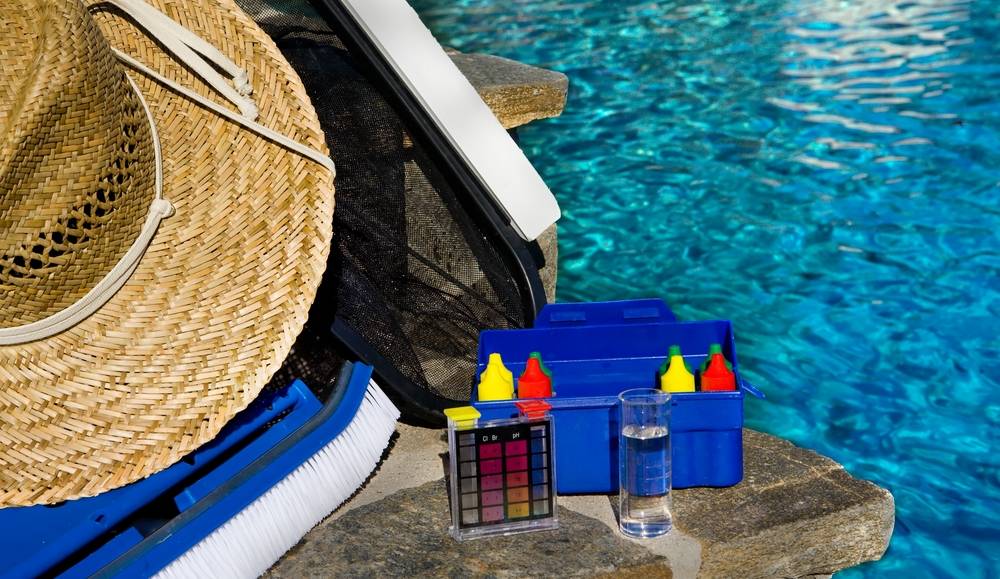I have an indoor, commercial, aquatic physical therapy pool in Homer, AK. I keep it at 95-96 degrees when clients are present. I have a question about whether or not I should increase the FC level because of increased temperature. This is an un-stabilized chlorine pool without CYA. The Phin Company that makes the gizmo that floats in the pool and sends info to your phone says: "Temperature also has an effect on chlorine, as some bacteria and organisms grow better in warmer environments. When temperatures increase, it uses up free chlorine more quickly, potentially turning your pool into a swamp.
Rule of Thumb: For every 10-degree Fahrenheit (6 degree Celsius) rise in temperature above 80 degrees Fahrenheit (26 degrees Celsius), you should add as much as 50% more chlorine to your pool water to maintain appropriate levels of free chlorine." I am wondering if the folks at TFP agree with this statement? I currently keep the FC at 3, plus or minus, PH at 7.3-7.5. This always gives me an ORP of 750 or greater. People like the pool. No trouble with skin, chlorine smell or bleached suits, etc. I am hesitant to lower the FC because I sort of agree that bugs do better in warmer water. Any thoughts?
Rule of Thumb: For every 10-degree Fahrenheit (6 degree Celsius) rise in temperature above 80 degrees Fahrenheit (26 degrees Celsius), you should add as much as 50% more chlorine to your pool water to maintain appropriate levels of free chlorine." I am wondering if the folks at TFP agree with this statement? I currently keep the FC at 3, plus or minus, PH at 7.3-7.5. This always gives me an ORP of 750 or greater. People like the pool. No trouble with skin, chlorine smell or bleached suits, etc. I am hesitant to lower the FC because I sort of agree that bugs do better in warmer water. Any thoughts?


